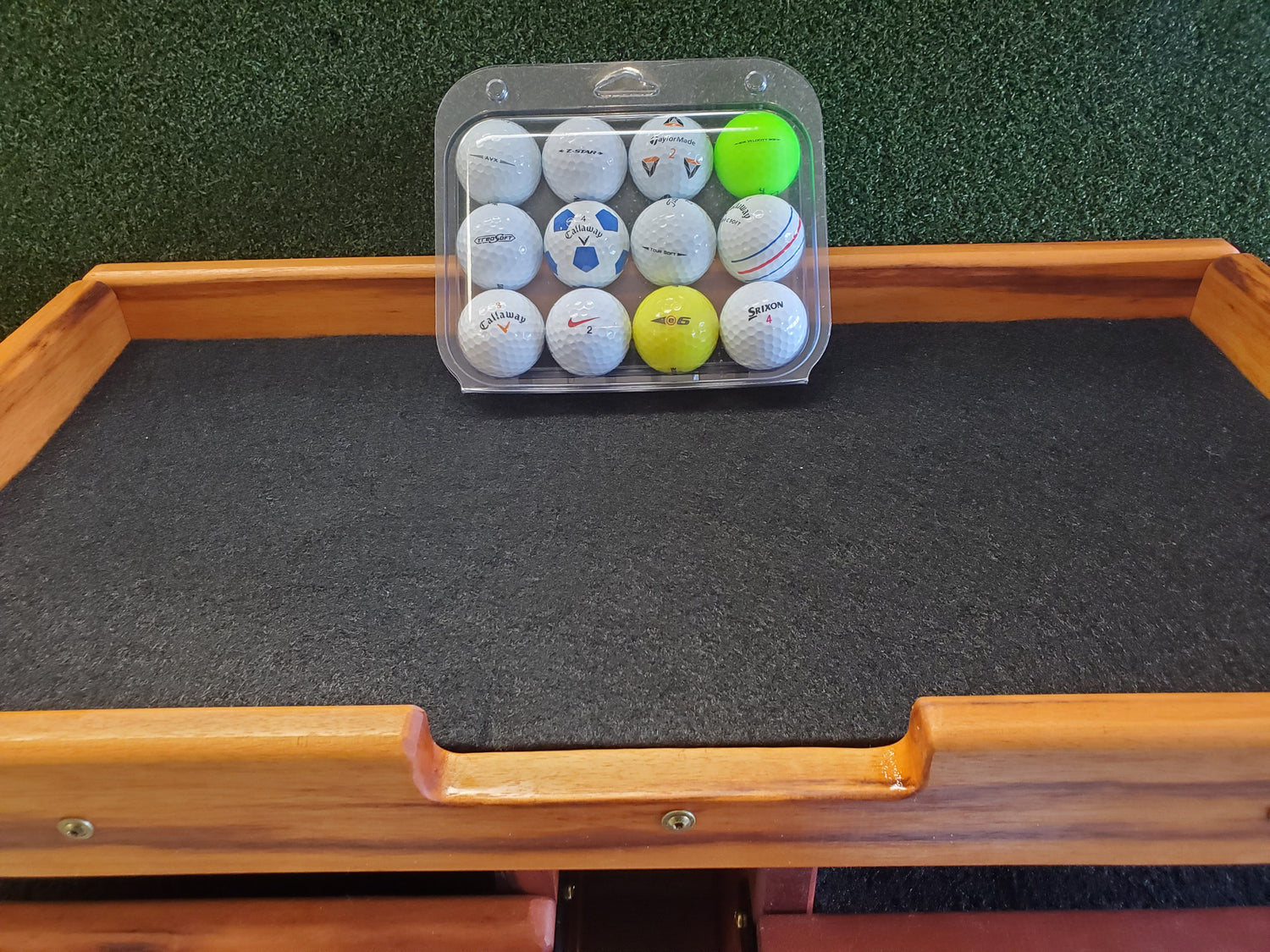What is a Handicap in Golf & How Can I Improve It?
If you have played golf for any length of time whatsoever, you have undoubtedly heard your friends or colleagues talking about their handicaps, and probably also about the things they're doing to try to lower their handicaps. You may have had some vague notion that a handicap is some kind of measure of a golfer's ability, without knowing exactly what it is or how it's calculated. You can find out all that information by reading below, and you'll also discover some tips on how you can actually lower your handicap, and become more competitive when you're playing against other golfers.
What is a Golf Handicap?
A golf handicap is a numerical expression of a golfer's ability, which is used to allow players of different levels of ability to compete directly against one another. A handicap has the effect of leveling the playing field between extremely good golfers and those who are less competitive, so that they can still have meaningful competition against each other. The better players in golf are those who have the lowest handicaps, and a scratch golfer will have no handicap at all.
There are a number of different systems used for handicapping players, and these will always be different from country to country, state to state, and even town to town. Because there are so many different variations around the globe for handicapping players, the governing bodies of golf, the USGA and the R&A, have developed a new universal World Handicap System which is set to take effect in 2020.
Regardless of the individual differences between handicap systems, all methods of calculating handicap basically rely on determining a player's ability by evaluating his/her most recently played grounds. This means that no one's handicap remains fixed for any length of time, but is constantly being adjusted in accordance with those most recent rounds played.
Many people have the mistaken notion that a handicap represents a player's average score, but this is not strictly true. The handicap is instead meant to be a reflection of a player's potential or average best round. This is why golfers who have low handicaps will generally play rounds close to their handicap, whereas high handicappers tend to be more inconsistent, and will post rounds that are often significantly above or below their handicap.
How Do I Find My Handicap?
In order to calculate your handicap, the first thing you'll have to do is play several rounds of golf, and save the information from those rounds. Somewhere between five and 20 rounds will be enough to get you started with calculating a handicap. You'll need to know the rating of the golf course as well as its slope, and these can generally be found on the golf scorecard from that particular course.
Whenever you play a round, you can subtract the course rating from your score and then multiply that number by 113. Then you would divide that answer by the slope identified on the scorecard, so as to arrive at the handicap differential. Course rating and slope are strongly associated with the degree of difficulty of any golf course, and that's why they figure prominently into calculating your handicap.
When you have completed at least five or six rounds of golf, multiply the lowest differential you get by .96, and that will be your handicap. It might sound a little complicated, but once you get in the practice of doing it periodically to include your most recent rounds, it will be very easy to perform the calculation and come up with your current handicap. The more rounds of golf you play, the better you should get, and that means you should notice that your handicap gradually gets lower and lower.
What Can I Do to Improve My Handicap?
There are several ways you can lower your handicap and become a better golfer, even over a short period of time. It is a known fact that the majority of golf strokes occur within 100 yards of the hole, and that means you would be well advised to sharpen up your short game. Part of the reason this is true is that the short game is strongly reliant on touch and feel, and it rarely involves taking a full swing. So to improve your short game, you'll need to practice acquiring that appropriate touch and feel, so you can take fewer strokes when you reach that 100-yard threshold, where most of the strokes come from.
Another way to lower your handicap is to hit the driving range a little more frequently to practice your golf swing. If you have a practice mat at home, you'll be in good shape, because that will allow you to practice much more frequently than if you had to go to a driving range every day and pay for buckets of balls.
Something you might not ordinarily think of as a means of improving your game is to make sure your equipment is in good condition for playing rounds of golf. Many golfers have completely smooth grips which will promote slipping and inaccurate striking of the ball. If your golf clubs have become old and outmoded, or they're still the same starter set that you bought when you first learned the game, it might be time for purchasing a brand-new set of clubs.
Another thing you might want to keep in mind is your attitude when you're on the golf course. Golf is essentially a game of concentration, and if you're not paying attention to every single shot that you approach on the golf course, there's a pretty fair chance you'll miss it or do something during your golf swing that you did not intend. Get into the habit of focusing on every single shot, and playing with determination and grit. That will help you to make more good shots, and to lower your handicap as a result.
Honing Your Game
Lowering your handicap in golf is a lot easier when you're able to practice more, and the way that you can practice more is to have your own practice mat in your yard. Contact us at Rawhide Golf Ball Company, to inquire about our used golf practice mats, which are as realistic as being on the golf course, yet only cost about one third what it would cost for a new practice met.




